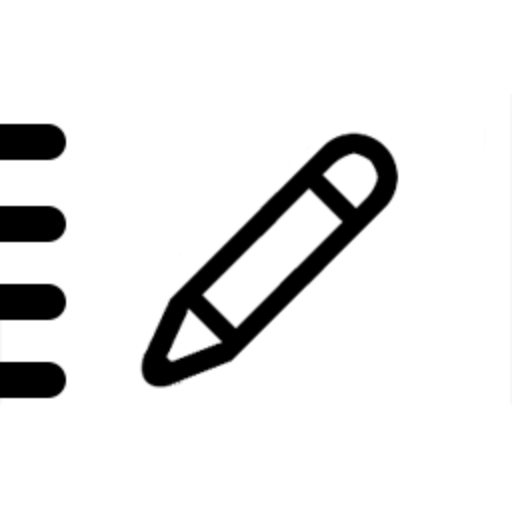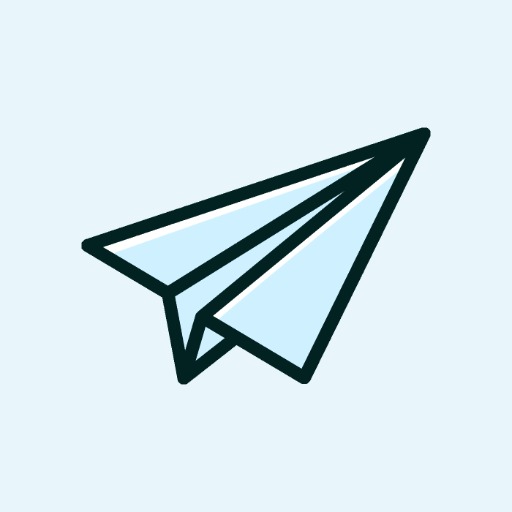Ishikawa Fishbone solution-AI-powered problem analysis tool
Uncover root causes with AI precision
Related Tools
Load More
Creative Answers & Brainstorm GPT
4.5 ★ The most creative answers GPT4o can make. ⚠️ You can skip all reasoning and just read the final part. ⚠️ P.S. If any ideas you don't like, it's important to tell GPT why and point them out

ProcessOn思维导图Xmind百度脑图流程图组织架构图
创建图表、架构可视化、流程图、思维导图、方案等。 非常适合编码、演示和代码文档。 免费导出和编辑!

Lean Manufacturing Copilot
Lean Manufacturing Copilot harnesses the wisdom of 'The Toyota Way' to expertly navigate manufacturing challenges. Let's tackle your production issues together.

The Causal Mindset
Think Causaly, Act Wisely: share a facts/statement/graph with me and I'll disect it.
Logical Thinking: MECE and Logic Tree
To systematically categorize and organize key considerations for making a decision or solving a problem using a logic tree table format

Diagramma IDEF0
Составить бизнес - процессов диаграмму IDEF0 "Стандарты сервиса в магазине Пятёрочка": блок А0; подуровни А1, А2, А3 и т.д. ; входы, выходы, управления, механизмы. Подробный ответ!
20.0 / 5 (200 votes)
Introduction to Ishikawa Fishbone Solution
The Ishikawa Fishbone Solution is a systematic problem-solving and quality improvement tool designed to identify, analyze, and address root causes of complex issues within processes, projects, or organizations. It is based on the Ishikawa diagram, also known as a fishbone diagram or cause-and-effect diagram, which was developed by Dr. Kaoru Ishikawa in the 1960s. The tool visually organizes potential causes of a problem into categories that resemble the bones of a fish, helping users explore relationships and identify key areas for intervention. The primary purpose is to enable a thorough exploration of contributing factors, allowing for targeted solutions and preventive measures. Example Scenario: Imagine a manufacturing plant facing consistent delays in production. By using the Ishikawa Fishbone Solution, the team can break down the problem into potential causes such as 'Machine Faults,' 'Material Quality,' 'Human Error,' and 'Management Processes.' Each category is further explored to identify specific issues, such as worn-out machinery parts or insufficient training, enabling the team to implement precise corrective actions.

Main Functions of the Ishikawa Fishbone Solution
Root Cause Analysis
Example
A software development team struggling with frequent code bugs can use this function to break down possible causes, such as 'Coding Practices,' 'Testing Processes,' and 'Requirements Clarity.'
Scenario
In a real-world situation, this function helps teams systematically investigate why issues are occurring, leading to more effective solutions and preventing recurring problems.
Categorization of Causes
Example
A hospital experiencing high patient readmission rates might categorize potential causes under 'Patient Care,' 'Medication Management,' 'Follow-up Procedures,' and 'Communication.'
Scenario
By organizing causes into logical categories, organizations can better understand how different factors are interrelated, making it easier to prioritize interventions.
Facilitation of Team Collaboration
Example
A project team working on reducing product defects can collaborate using the Ishikawa Fishbone Solution to collectively brainstorm and assess all possible causes of defects, ensuring all perspectives are considered.
Scenario
This function is particularly useful in settings where cross-functional teams need to work together, as it provides a clear, structured framework for discussion and analysis.
Ideal Users of the Ishikawa Fishbone Solution
Quality Improvement Professionals
These professionals, often working in industries such as manufacturing, healthcare, and services, are responsible for identifying and rectifying inefficiencies. The Ishikawa Fishbone Solution helps them perform root cause analyses to improve processes, reduce errors, and enhance overall quality.
Project Managers and Teams
Project managers and their teams across various industries can benefit from using this solution to diagnose project issues, such as delays or budget overruns, by identifying the underlying causes. This leads to better project planning and execution.
Business Analysts
Business analysts who need to analyze complex problems and present findings to stakeholders will find the Ishikawa Fishbone Solution useful for structuring their analysis, ensuring that all potential factors are considered before making recommendations.

Steps for Using Ishikawa Fishbone Solution
Visit the Platform
Visit aichatonline.org for a free trial without login. No need for ChatGPT Plus to access the features.
Identify the Problem
Clearly define the problem or effect you want to analyze. This should be a specific issue that can be broken down into contributing factors.
Create the Fishbone Diagram
Use the platform's tools to draw the fishbone structure. Start by placing the problem at the head and creating main branches for each category of potential causes.
Analyze and Populate Causes
For each branch, brainstorm and list out potential causes. Break these down further into sub-causes, considering all possible contributing factors.
Review and Implement Solutions
Analyze the diagram to identify the root causes. Prioritize these causes for intervention and develop strategies to address them, ensuring continuous improvement.
Try other advanced and practical GPTs
StocksGPT
AI-Driven Investment Insights for All

Aeloria
AI-powered assistant for all your needs

BRAINWAVE
AI-powered creative imagery
ClinyQAi
AI-powered support for diverse tasks

AI Tool Explorer
Empowering your projects with AI.

X Tweets
AI-powered Saudi Arabic tweet generator.

Free Digital Sticker Creator for GoodNotes etc
AI-powered stickers for GoodNotes and more

Screen Writer
AI-Powered Script Development

NotesGPT
AI-Powered Note-Taking Simplified

VINSCRIBE - Vehicle Description Generator
AI-powered vehicle details generator.

Ready to Send: Email Reply Generator
AI-powered email reply generator

Kanye West
AI-powered Kanye—unleash your genius

- Team Collaboration
- Process Improvement
- Problem Analysis
- Root Cause
- Quality Management
Common Questions About Ishikawa Fishbone Solution
What is the primary purpose of the Ishikawa Fishbone solution?
The Ishikawa Fishbone solution is designed to help users identify the root causes of specific problems by visually mapping out all potential contributing factors. It is widely used in quality management and process improvement.
Can the Ishikawa Fishbone solution be used for non-business purposes?
Yes, the solution can be applied to any scenario where understanding root causes is critical, such as in academic research, personal development, or troubleshooting technical issues.
How does the Ishikawa Fishbone solution facilitate team collaboration?
The platform allows multiple users to contribute to the diagram, enabling collaborative brainstorming sessions. Teams can collectively identify and analyze causes, leading to more comprehensive solutions.
What types of problems are best suited for the Ishikawa Fishbone solution?
Complex problems with multiple contributing factors, such as product defects, operational inefficiencies, or customer service issues, are well-suited for analysis using this tool.
Is there a way to save and share the diagrams created on the platform?
Yes, diagrams can be saved, exported in various formats, and shared with team members or stakeholders for further discussion and action.